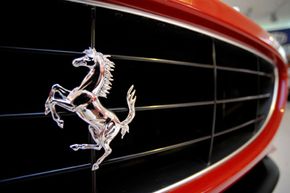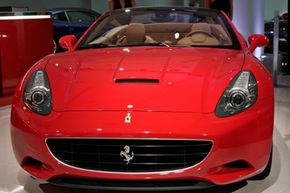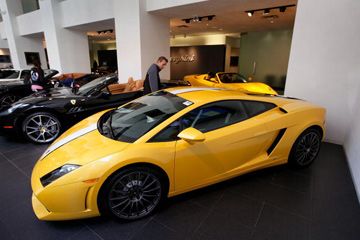In just about any discussion of high-end sports cars, you can pretty much count on the mention of one manufacturer in particular: Ferrari.
The iconic Italian brand is practically synonymous with flowing, sinewy body contours, racing-bred technology, painstaking craftsmanship and high horsepower.
Advertisement
It's also synonymous with high cost. All that go-fast goodness, and the aura that comes with it, will cost you. A brand new Ferrari California would set you back around $192,000 as of mid 2010. One reason is that they don't come streaming off the assembly line every few minutes like the typical Toyota or Ford models do. Despite modern manufacturing and efficiency practices, Ferraris aren't made exactly like mass-market vehicles.
This article will answer the question, "How long does it take to build a Ferrari?" And in the process, it will shed some light on a few of the reasons why one of the most desirable automobile brands in the world is also among the priciest.
Learn about the place where Ferraris are born on the next page.
Advertisement




